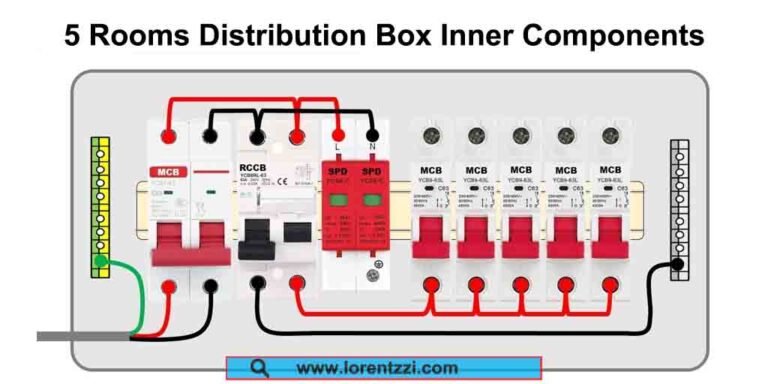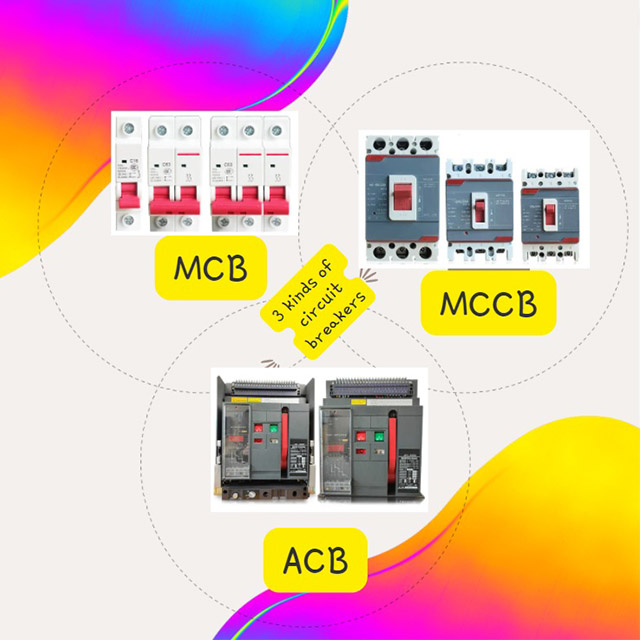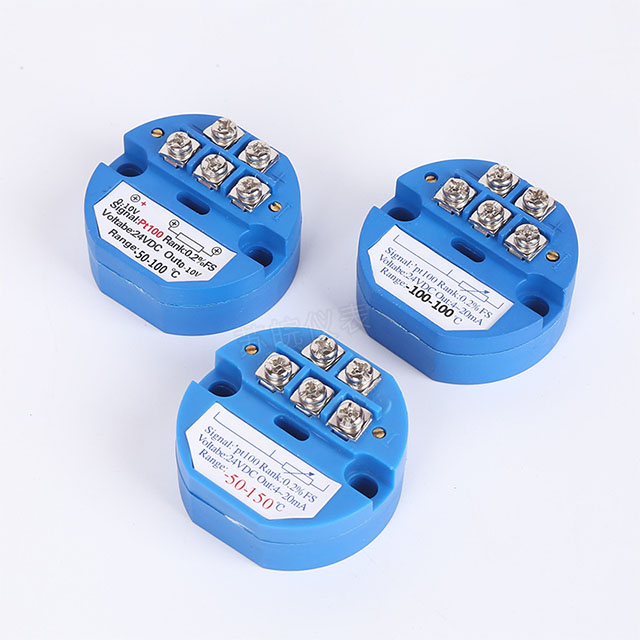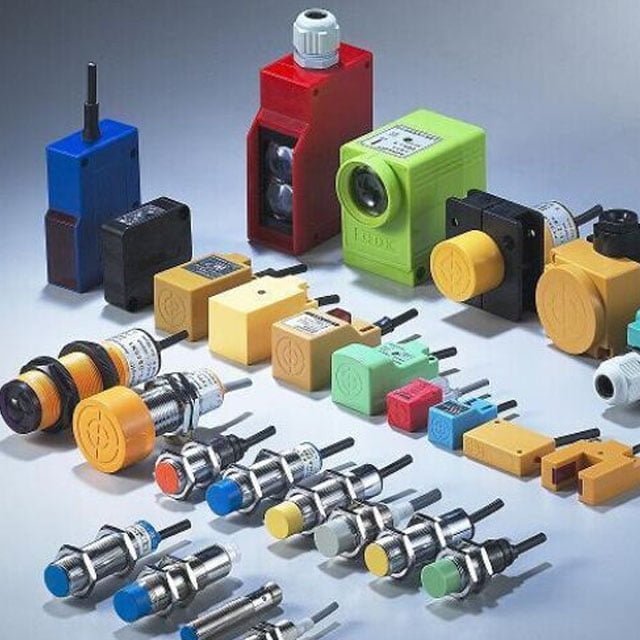Have you ever paid attention to the distribution box in your home? If you have a chance to open the door of the distribution box, you will find many components neatly mounted on the DIN rail. Do you know what they are? Actually, these components are called circuit breakers, or you can simply call them switches that have a protective effect on users. A new question arises: How many types of circuit breakers are there? How do they work? In this article, you will find the answers. Now, let’s start to learn more.

Types of circuit breakers
There are 10 types of circuit breakers according to their load capacity and protection methods, namely MCB, MCCB, ACB, RCCB, RCBO, ELCB, AFCI, GFCI, VCB and MPCB. These are abbreviations. In the following chapters, we will explain each product in detail.
What is MCB?

MCB is the abbreviation for Miniature Circuit Breaker, which is a key product used to protect homes or devices from overcurrent and short circuit faults. Once overcurrent and short circuit faults occur, it automatically cuts off the power supply to the home or device. Power can only be restored after these two issues have been resolved. It is typically suitable for homes or small devices with a current of less than 100 amps.

According to the different tripping currents, small circuit breakers can be divided into B, C, D, K, and Z types. Among them, B and C are more commonly used. Type B circuit breakers can trip at 2-3 times the rated current and are suitable for home lighting. Type C circuit breakers can trip at 5-10 times the rated current and are suitable for inductive loads such as motors.
But if my load is more than 100 amps and I want to achieve the same function, what product should I use? The answer is to use a molded case circuit breaker (MCCB). So, what is a molded case circuit breaker? We will answer it for you below.
MCCB explanation

MCCB is short for Molded Case Circuit Breaker and it has a maximum current of up to 2500 amps and performs the same function as MCB to protect equipment from overcurrent and short circuit. This product is designed for medium to high power applications. It has a larger case, higher breaking capacity and adjustable settings.
Since the MCCB can handle a maximum current of 2500 amperes, what should we do if the current required by an industrial area exceeds this value? The ACB introduced below is your best choice.
What is ACB?

ACBs are air circuit breakers designed for maximum loads of 600 amps to 6300 amps and have an operating voltage of up to 690V, whereas MCCBs have a maximum operating voltage of only 415V. So if you are the manager of an area or industrial estate, ACBs can protect numerous homes and companies.
RCCB explanation

Unlike MCB, MCCB and ACB, RCCB monitors the current difference between the live wire and the neutral wire. If the current between the two is unbalanced (i.e. there is leakage), RCCB will cut off the circuit in a short time to ensure the safety of personnel and equipment.
What is RCBO?

Another important component in the power consumption process is RCBO, which is a residual current circuit breaker (RCBO) with overcurrent protection function. Unlike MCB, MCCB and ACB, RCBO not only has overcurrent and short-circuit protection functions, but also has current unbalance (residual current) protection function. You can simply understand that RCBO combines MCB and RCCB into one.
The main difference between MCB, MCCB, ABC and RCBO is: The former ones are mainly used to detect overload and short circuit faults of the circuit itself, and cannot detect and protect against electric shock hazards caused by leakage. The latter has a wider protection range, while protecting circuits and personnel safety and preventing electric shock accidents caused by leakage.
ELCB explanation

ELCB is the abbreviation of residual current circuit breaker. Its function is the same as RCCB, which is used to detect whether there is leakage in the circuit.
However, there are also differences between them. ELCB determines whether there is leakage by monitoring the current on the ground wire. When the leakage current exceeds the set value, it will cut off the circuit to prevent electric shock accidents. RCCB compares the current in the live wire and the neutral wire. If the current is unbalanced (that is, there is leakage), it will immediately cut off the circuit to protect personnel and equipment.
What is AFCI and GFCI?

Arc Fault Circuit Interrupters (AFCI) are also called Arc Fault Circuit Interrupters (AFCI), and GFCI stands for Ground Fault Circuit Interrupter. AFCI and GFCI are the most commonly used fire and shock protection products in the United States, mainly integrated into electrical outlets. However, due to their higher cost, these two products are not as widely used as miniature circuit breakers (MCBs).
VCB explanation

A vacuum circuit breaker (VCB) uses vacuum as the arc extinguishing medium. Similar to an air circuit breaker (ACB), it also protects power systems, but VCBs can withstand voltages from 11kV to 33kV. An air circuit breaker (ACB) relies on air for arc extinguishing and insulation and can withstand voltages below 690V.
What is MPCB?

A motor protection circuit breaker (MPCB) is a specialized electrical protection device designed to protect motors and associated circuits from overcurrent and other electrical faults. It combines the functionality of a circuit breaker and a motor protector in one device.
Conclusion
In summary, there are 10 different types of circuit breakers: MCB, MCCB, ACB, RCCB, RCBO, ELCB, AFCI, GFCI, VCB and MPCB. Each has its own advantages and functions, and can provide different protection for different application scenarios.
If you have other questions about the types of circuit breakers or have a project to communicate, please send an email to shonxu@lorentzzi.com to contact us. Lorentzzi® sales staff will respond to you within 24 hours.






